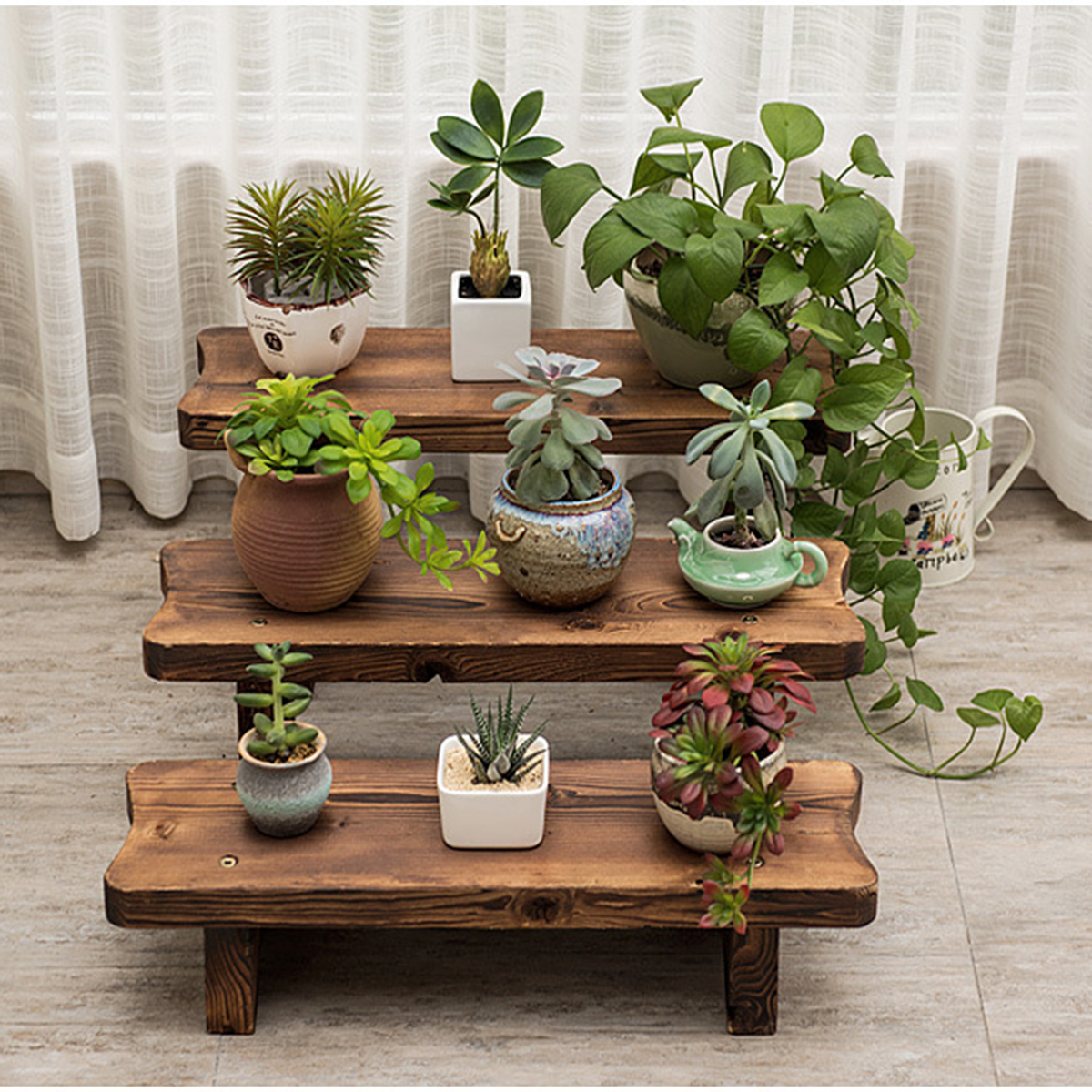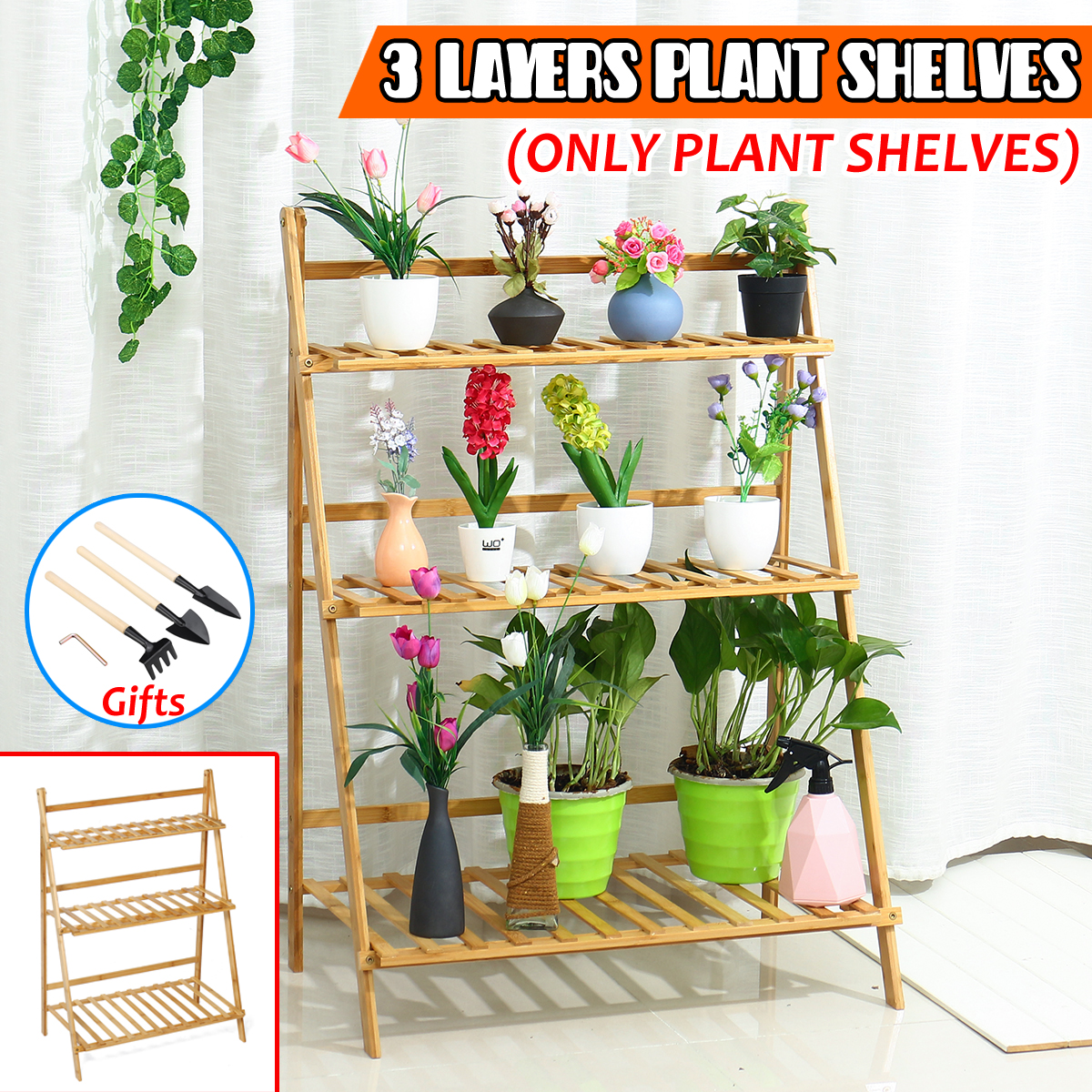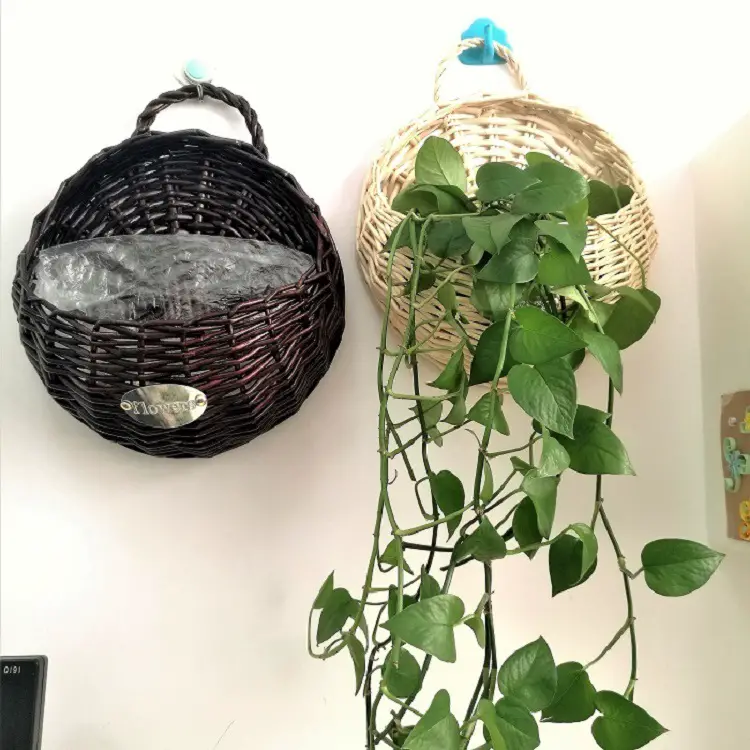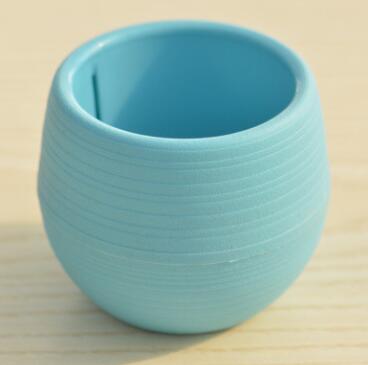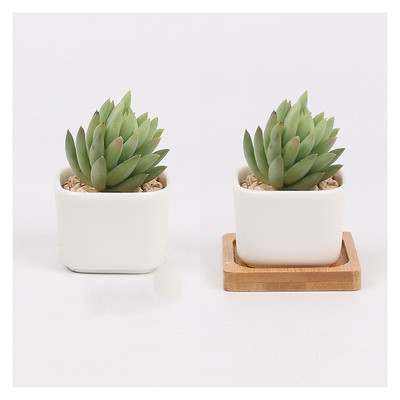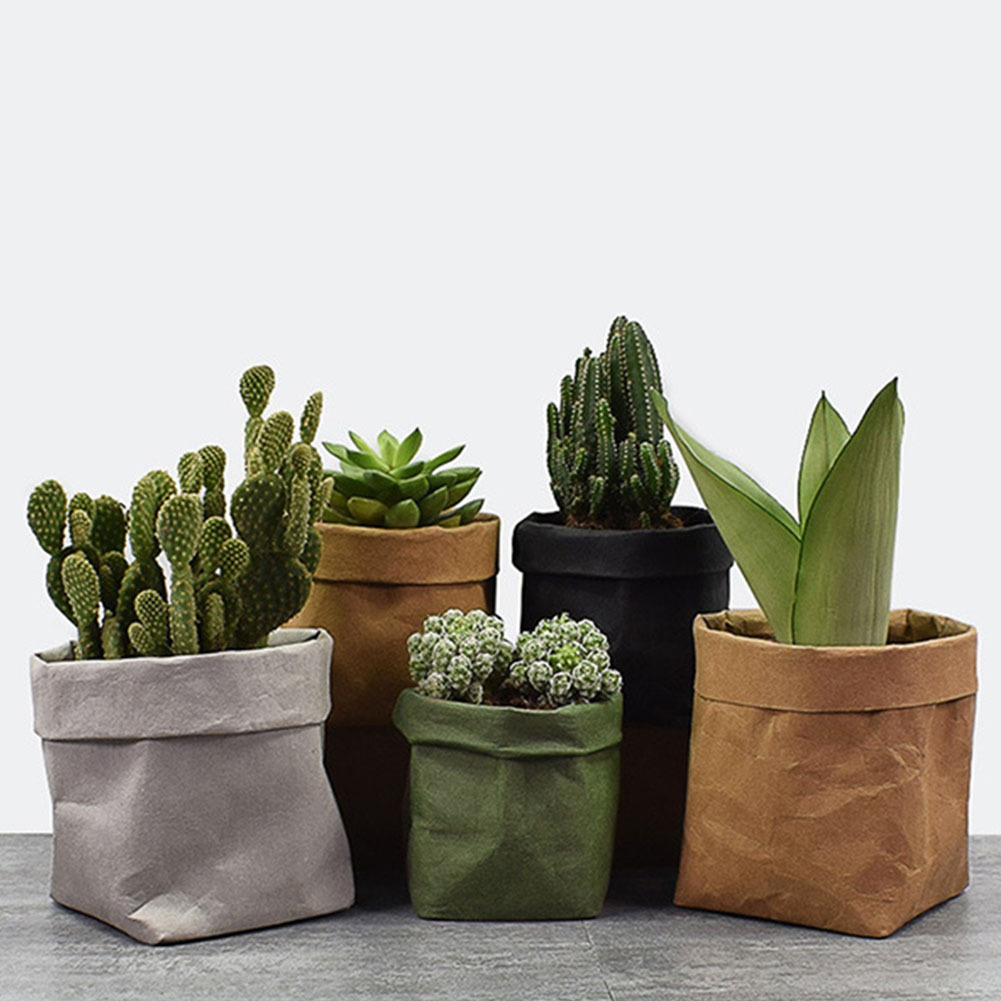The Role of Pot Selection in Successful Container Gardening
Container gardening has blossomed into a versatile and rewarding pursuit for urban dwellers, suburban horticulturists, and rural gardeners looking to maximize their growing spaces. At its heart, the art of container gardening hinges on a critical decision: the selection of pots. While seemingly straightforward, the choice of containers can deeply influence plant health, yield, and aesthetics. This article delves into the intricacies of pot selection and how it plays a pivotal role in successful container gardening.
Understanding the Basics of Container Gardening
Container gardening involves growing plants exclusively in pots, containers, or planters rather than in the open ground. This practice allows gardeners to cultivate a variety of plants, from vegetables and herbs to flowers and even small trees, irrespective of the available space, soil quality, or climatic conditions. Moreover, it offers mobile and flexible gardening solutions, making horticulture accessible to those living in apartments, urban areas, or locations with challenging growing conditions.
The Fundamentals of Pot Selection
The choice of pot in container gardening is far more than a mere aesthetic decision. It serves as the ecosystem for your plants, affecting everything from root development to moisture retention. The following aspects are vital when selecting the right container:
Material Matters
Containers are crafted from a plethora of materials, each with distinct characteristics:
- Clay or Terracotta: These pots are porous and allow for breathability, benefiting root aeration. However, they may dry out quickly and are prone to cracking in freezing temperatures.
- Plastic: Lightweight and affordable, plastic pots retain moisture well but might not offer the same natural aeration as clay.
- Wood: Offering insulation and a rustic appeal, wooden pots can retain moisture better than terracotta but may eventually rot if not treated.
- Metal: While modern and sleek, metal pots can heat up rapidly and may require additional insulation in hot climates.
- Ceramic and Concrete: High in aesthetic value, these pots are durable but often heavy, making them suitable for permanent setups.
Size and Space
Selecting the appropriate pot size is crucial for plant health. A pot that’s too small may restrict root growth, leading to poor plant development. Conversely, a pot that’s too large can retain excess moisture, causing root rot. It’s essential to consider the mature size of the plant and ensure the pot provides adequate space for root expansion.
Drainage
Proper drainage is paramount to prevent waterlogging, which can lead to root rot and other plant diseases. Pots should ideally have multiple drainage holes at the bottom. This allows excess water to escape, maintaining the delicate balance between necessary moisture and drainage.
From Seedlings to Blooms: Growing Flowers in Containers
Container gardening shines when it comes to growing flowers. From tiny seedlings to flourishing blooms, the transformation witnessed as flowers evolve is truly a gardener’s delight. The role of pots in this aspect extends beyond mere containment:
Aesthetic Considerations
For flowers, the visual appeal of the pot is nearly as important as its functionality. The container should complement the plant, enhancing its natural beauty. Consider the color, shape, and texture of both the pot and the flowers to create a harmonious design.
Compatibility and Versatility
Some flowers, like geraniums and petunias, thrive remarkably well in containers. Others, such as roses, require more attention and larger pots. Understanding the specific needs of each flower type will guide you in selecting the most suitable pot, catering to their individual growth requirements.
Seasonal Adaptations
Pots allow gardeners the flexibility to adapt their floral displays seasonally. By swapping out flowers and adjusting pot placement, you can create a changing tableau of color and texture throughout the year. This adaptability is a hallmark of successful container gardening.
Achieve Stunning Results with Annual Vines in Containers
Annual vines offer dynamic opportunities in container gardening, bringing vertical interest and lush greenery to decks, patios, and window boxes. Pot selection plays a crucial role in supporting these climbing plants:
Structural Support
Vines require support structures such as trellises or stakes. The pot must be sturdy enough to hold both the plant and its support structure, ensuring stability. Choose a pot that can anchor these supports effectively, preventing them from toppling over.
Moisture Management
Vines can be water-intensive, particularly in their rapid growth phases. The pot should retain adequate moisture without becoming waterlogged. Self-watering containers or those with water reservoirs can be beneficial in maintaining consistent hydration levels.
Experimentation and Creativity
Growing vines in containers allows gardeners to experiment with variety and creativity. From morning glories to sweet peas, the choice of vines can transform a standard pot into a cascading centerpiece. The challenge is to find the right container that complements the growth pattern and aesthetic appeal of the chosen vine.
The Influence of Environmental Factors
Climate Considerations
Regional climate plays a pivotal role in container gardening. In colder climates, pots can be moved indoors or to sheltered areas to protect sensitive plants from frost. Conversely, in hot climates, insulating materials or shaded placements can prevent pots from overheating.
Space Constraints and Mobility
For those with limited space, vertical gardening using pots can maximize growth potential. Mobile pots allow gardeners to experiment with placement, optimizing sunlight exposure, and modifying layouts based on space availability.
Balancing Functionality and Design
Successful container gardening is the art of balancing functionality and design. The pot must meet the practical needs of the plant while also fitting within the gardener’s aesthetic vision. The challenge lies in finding that perfect equilibrium, ensuring plant health and garden beauty.
Insights from Experienced Gardeners
Experienced container gardeners understand that pot selection is intrinsic to success. Many have turned to innovative solutions such as self-watering pots, smart planters with nutrient sensors, and recycled materials like grow bags to meet specific gardening goals. Their insight stresses the importance of ongoing learning and adaptation, constantly refining pot choices to best serve their evolving gardens.
Conclusion
In the world of container gardening, the pot is more than just a vessel. It is a critical component that supports plant growth, fuels creativity, and inspires design. By considering factors such as material, size, drainage, and compatibility, gardeners can set the stage for thriving plants and captivating garden displays. From vibrant blooms to climbing vines, the potential of container gardening is vast, with the right pot serving as both the starting point and the cornerstone of success. Whether you’re a novice grower or a seasoned horticulturist, understanding the role of pot selection is key to unlocking the full potential of your container garden.




